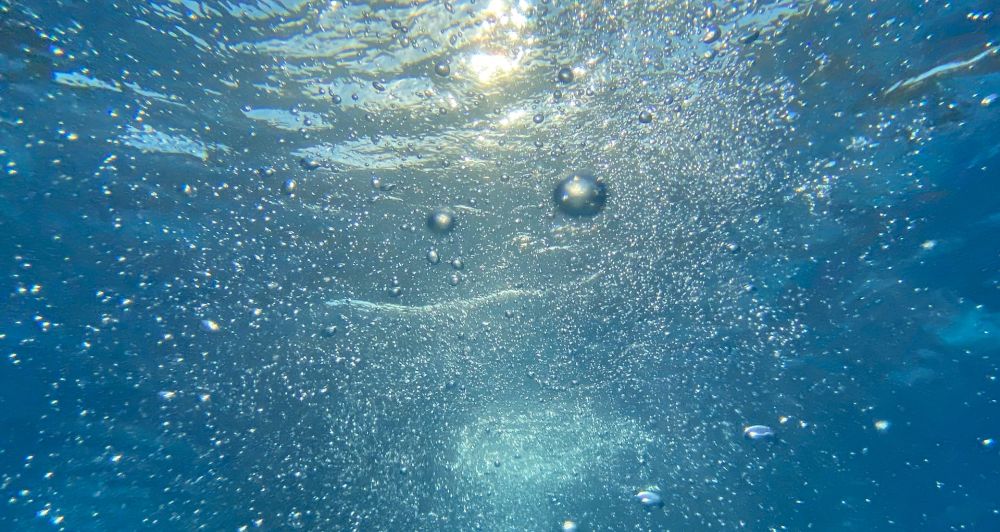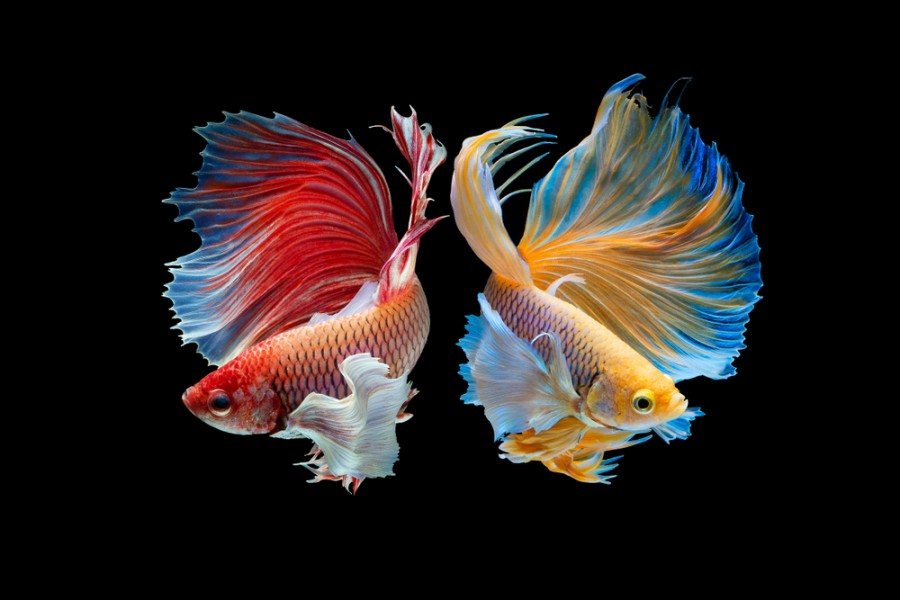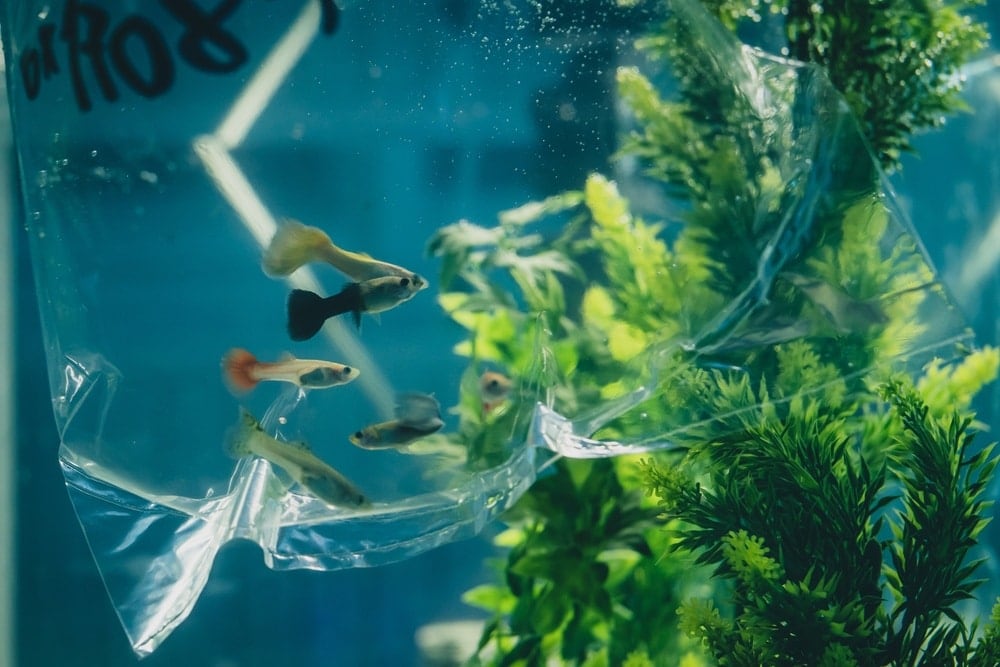Do Dalmatians Like Water & How Well Can They Swim? Breed Facts & FAQ
By Beth Crane
Updated on
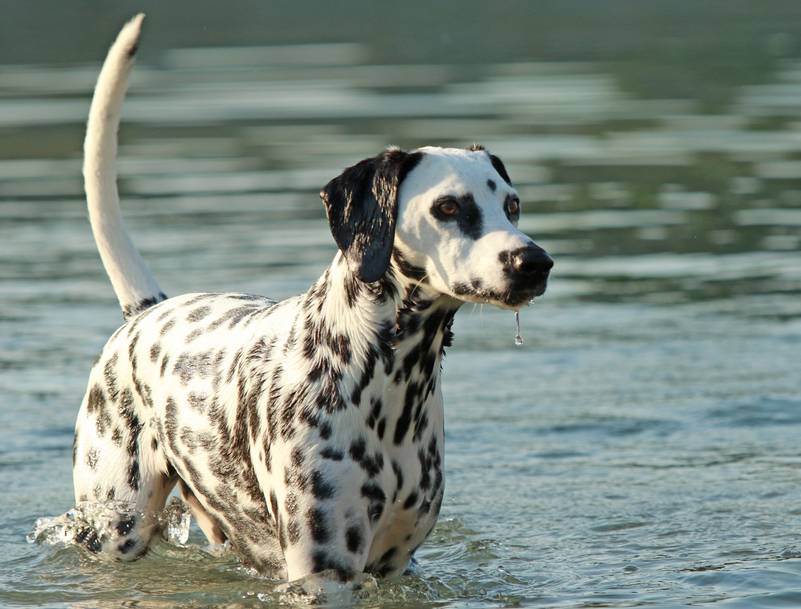
Dalmatians were known for their bravery and tenacity when working alongside firefighters or running along next to coaches in old England, and this loyal attitude still graces the breed today. In addition, Dalmatians love their families, are aloof to strangers, and are willing to do anything to protect their loved ones. But are they fond of the water? Most Dalmatians like water if they’re introduced to it in a positive way when they’re younger.
How Well Do Dalmatians Swim?
Some breeds are made for swimming, such as the webbed-footed Newfoundland, but there isn’t much information about how Dalmatians take to the water. Dalmatians are the same as most dogs who aren’t specialized in water retrieving or sports; some Dalmatians love water, and some hate it. Dalmatians that like the water are likely to be better at swimming because they spend more time practicing, but they won’t have any advantages over other breeds (unlike the Newfoundland) when it comes to how well they swim.
Do All Dalmatians Like Getting in the Water?
How much your Dalmatian will like water depends on its personality, experiences, and motivation for going into the water. For example, a puppy that is well-socialized and spends time in the water from a young age will likely enjoy swimming if their experience is positive. On the other hand, a puppy with a very negative experience during this period (such as almost drowning) will likely not want to return to the water if they can help it. That isn’t always the case, and some Dalmatians may learn to love going for a swim even if they have had some negative experiences with water.
The environment and other factors can also sway a Dalmatian’s decision to swim. A warm day might prompt a usually water-phobic dog to take a dip, for example, or if they feel a family member needs rescuing from the water.
The second point is particularly true for Dalmatians, as they have a very protective streak stemming from their time guarding carriages and fire carts in the 18th and 19th centuries. So, if a family member is in trouble in the water, the Dalmatian will likely dive right in to help, even if they really don’t like water!

Do All Dalmatians Know How To Swim?
Some dogs have a natural affinity for water. Dogs like the Labrador Retriever, Portuguese Water Dog, and Irish Water Spaniel are born to swim and have physical adaptations that help them swim through the water. There are also breeds that, unfortunately, have the opposite problem; some have short legs or long bodies and often have lots of trouble swimming in the water, so they’re much less likely to want to swim.
Dalmatians are somewhere in between these two extremes as they’re neither naturally gifted in the water nor have body structures that inhibit their ability to swim. They have the “paddle reflex,” which all dogs have, but they may lack confidence and even panic when first entering the water.
Dalmatians are lithe and sporting, and many breed clubs say they’re good at dock diving and other water sports. However, not all Dalmatians will naturally know how to swim, so safety in the water is key if you want to introduce them to swimming. Every dog will need positive introductions into the water, including the abovementioned water-loving breeds. By introducing your Dalmatian to swimming safely and with a flotation device like a doggy life vest, you can keep them safe and make swimming a life-long pleasure.
How Can I Help My Dalmatian Like Swimming?
Your Dalmatian will either be naturally curious about the water, not want to go near it, or ambivalent about its presence. The key to helping them see the joy in swimming is teaching them to swim confidently in the water, which always begins with safety. Puppies that are just thrown into a pool or lake and told to get on with it can drown at worst, be scarred for life, and be afraid of the water at best.
Use a Life Jacket
A suitable life vest is important, as it’ll help your Dalmatian find their footing and rhythm in the water. Some Dalmatians may panic when getting their first swimming lesson, so a life jacket or vest comes in handy to keep them afloat until they calm down.
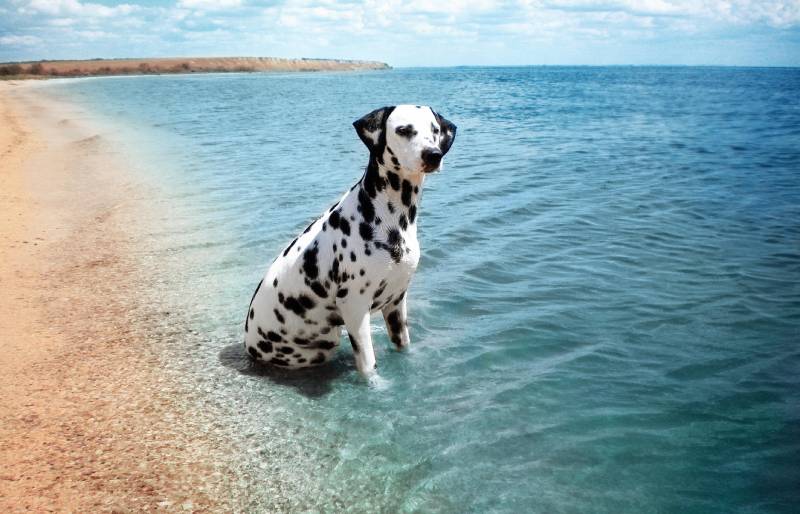
Enter the Water With Your Dog
Getting into the water with your pup and keeping calm but encouraging is also vital to building confidence when in the water. Short swimming sessions are best at first, so your dog can discover that it can move forward and control how it swims by kicking its legs. Once you feel your Dalmatian is confident in the water, they can slowly be encouraged to swim without their vest if you choose. It’s a good idea to always have a life vest on your Dalmatian when they’re in the water, especially if you’re on a boat.
Gently Encourage Your Dog
Encouraging your Dalmatian into the water is the key to building their confidence; you should use a favorite toy, such as a flying disk, to get them to chase into the water. Never push or drag them in since it will cause them to panic, and they might never want to get into the water again! If your Dalmatian is worried about the water, it’s a good idea to wear a life jacket or vest yourself, as they might climb on you, which can put you in danger.
With small steps and positive encouragement, most Dalmatians will become strong swimmers that like the water (especially if they’re introduced to water as puppies). However, some Dalmatians will never like water, and you shouldn’t force them into it if they resist. Keeping them cool with water on a warm day can be accomplished with a cool, shallow kiddie pool with a non-slip bottom.
Why Are Some Dogs Better at Swimming Than Others?
Some dogs have a long history of swimming and performing a job in the water. Many of those even have references to water in their names, such as the Standard Poodle (derived from the German pudel, “to splash”), Irish Water Spaniel, Nova Scotia Duck Tolling Retriever, and Portuguese Water Dog. These dogs have long lines of ancestors who were put to work in the water for their owners for generations, so they have an innate ability to plunge into the water with confidence.
These dogs and others, such as the Newfoundland and the Chesapeake Bay Retriever, have physical adaptations to help them swim through the water. The Chessie has a thick double coat that is essentially water-tight, and the Newfoundland has webbed feet to help them power through the water.
For the same but opposite reasons, some dogs aren’t suited to swimming. Breeds with physical attributes that make breathing harder, such as brachycephalic breeds (Pugs, Boston Terriers, and French Bulldogs), can get into real trouble in the water. Dachshunds and Corgis are also likely to have trouble swimming no matter how hard they try, as they have short legs and elongated bodies which don’t allow them to float or swim well.
Lean and strong dogs like the Dalmatian and Doberman are likely to be good swimmers in the water once they learn how to swim confidently, but they don’t have any physical adaptations that make it easier or harder for them.
Final Thoughts
The Dalmatian is a dog of many talents, and swimming could be one of them in the right circumstances. They’re not natural-born swimmers like some breeds, but they excel at water sports like dock diving, and they’ve proven their courage and physical fitness from their experiences as coach dogs and escorts to horse-drawn fire trucks. If you want to take your Dalmatian to the pool, equip them with a life jacket if they’re not strong swimmers, and don’t push them into doing anything they don’t want to do.
Featured Image Credit: absolutimages, Shutterstock







